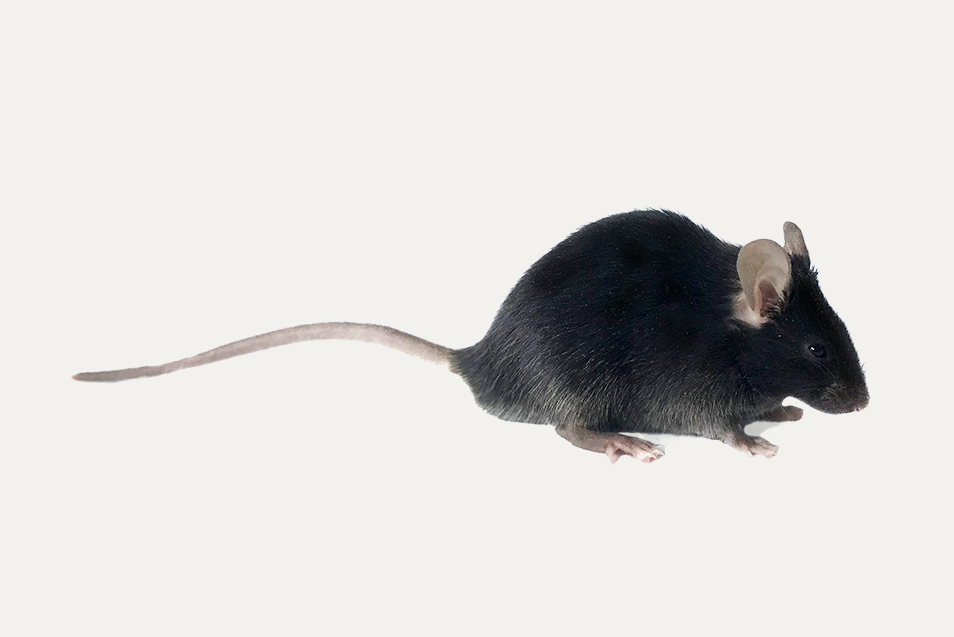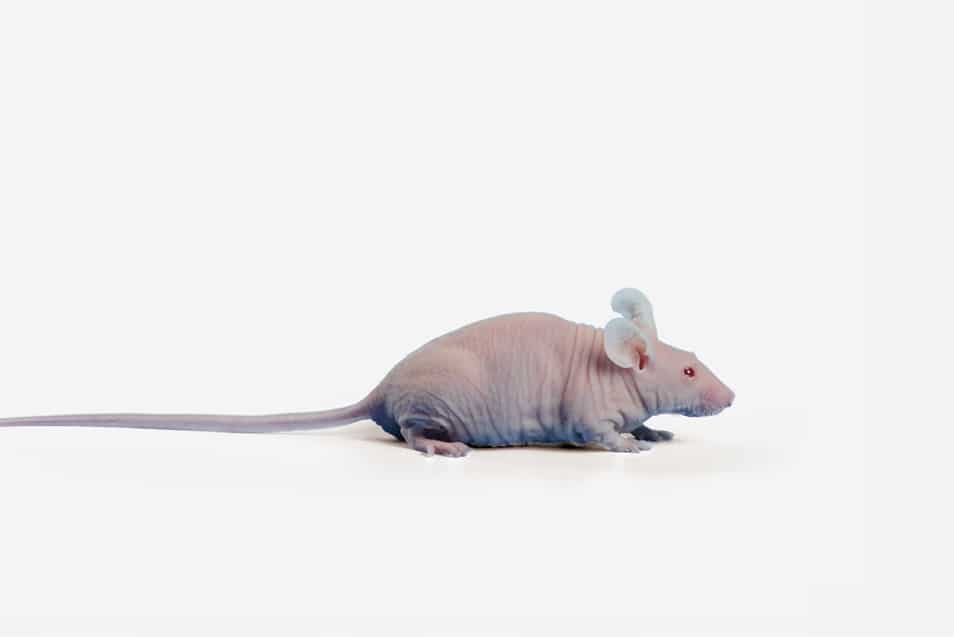C57BL/6NRj Mouse


Model characteristic
Type:
Inbred mouse
Strain name:
C57BL/6NRj
Origin:
National Institutes of Health (USA) - 1999
Colour and related genotype:
Black mouse, a (a/a) non agouti - MHC: HaplotypeH2b
Breeding:
Good breeder but quite difficult to rear (sensitive to the environment). Cannibalism with its pups.
Description of our model and application areas
This strain was created by C.C. LITTLE, in 1921, from Miss Abbie LATHROP’s stock. The Jackson Laboratory’s colony was divided in two sub-strains before 1937, resulting in the C57BL/6 and the C57BL/10 strains. The C57BL/6 strain was brought to The Jackson Laboratory in 1948 (C57BL/6J). This strain was transmitted at the 32th generation (F32) from the Jackson Laboratory to the National Institut
of Health (N.I.H) in 1951 (C57BL/6N).
The C57BL/6N mouse shares many characteristics with the C57BL/6J, e.g. alopecia and cannibalism. 5 SNP differences have however been identified (Petkov and Wiles, 2005). This strain does not have the deletion in the Nnt gene that has been found in the C57BL/6J. It can thus be used as a control in metabolic studies that focus on the mechanisms of glucose tolerance, e.g. Diet-Induced-Obesity studies.
The C57BL/6N mouse is homozygous for the Crb1rd8 gene (retinal degeneration 8 mutation). It’s characterized by multiple spots, caused by retinal folds and pseudorosettes with large white retinal deposits covering the inferior quadrant of the retina, found in the fundus of the eye (Aleman, 2011; Chang et al. 2002).
Due to its good breeding performance, this strain is used in the production of embryos for transgenesis (QUICKBLASTO®). The QUICKBLASTO®, a JANVIER LABS’s product, is a kit containing straws of frozen embryos at the morula stage (C57BL/6NRj or BALB/cAnNRj).
With these embryos, after thawing and culture, you will have blastocysts ready to receive your embryonic stem cells.
Main application and research fields
Growth curve
The growth curve represents an average which reflects the weight variation of the strain measured between 21 and 84 days for males and females.


Biochemical and hematological parameters
of 10-week old C57BL/6NRj mice


Reproductive data
Bigamous mating


You may also be interested in these models
Warning: Illegal string offset 'title' in /home/deca3005/janvier-labs.com/html/wp-content/themes/oceanwp-child-theme-master/single-fiche_produit.php on line 921
Voir tous les modèles de recherche




